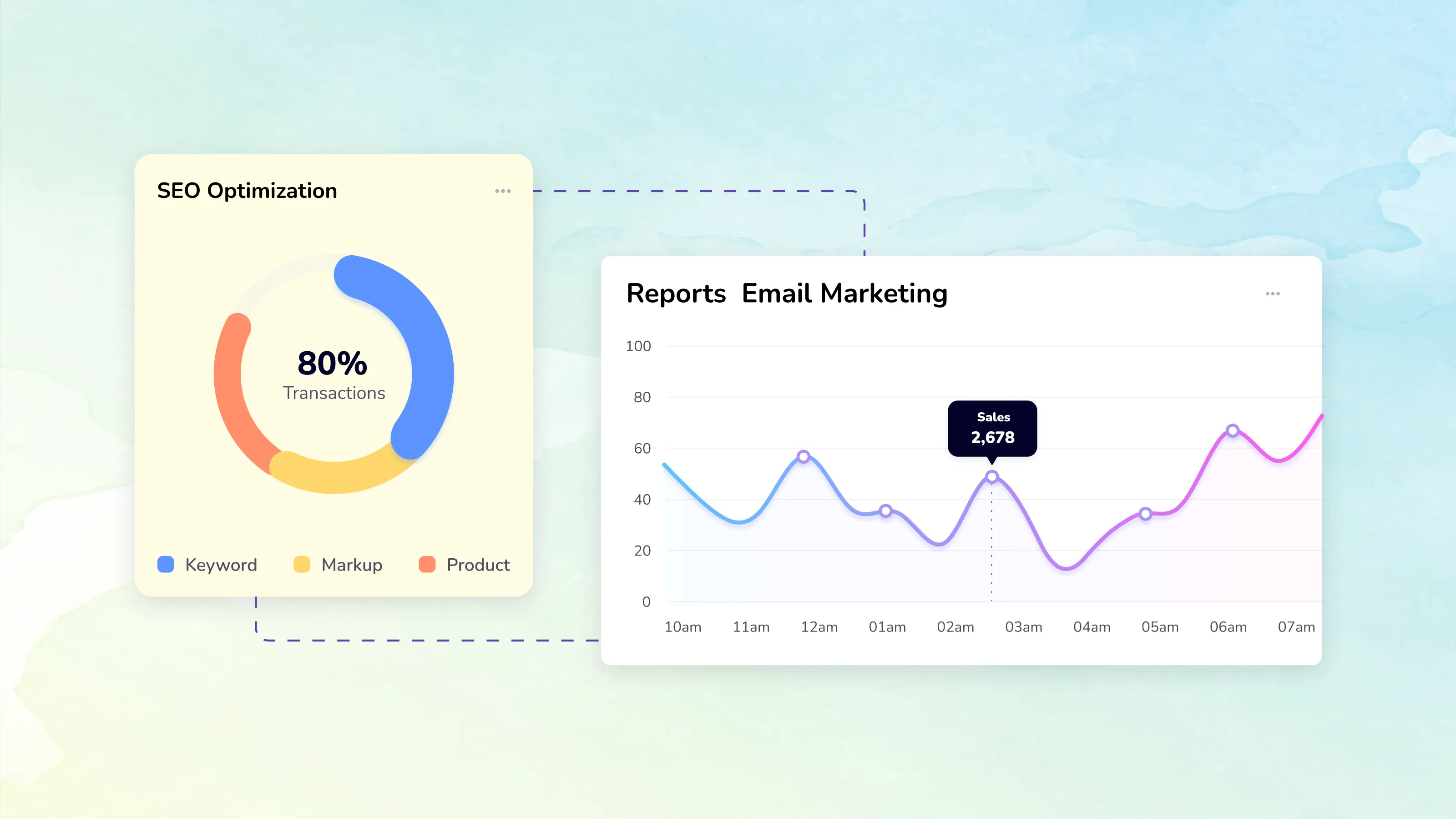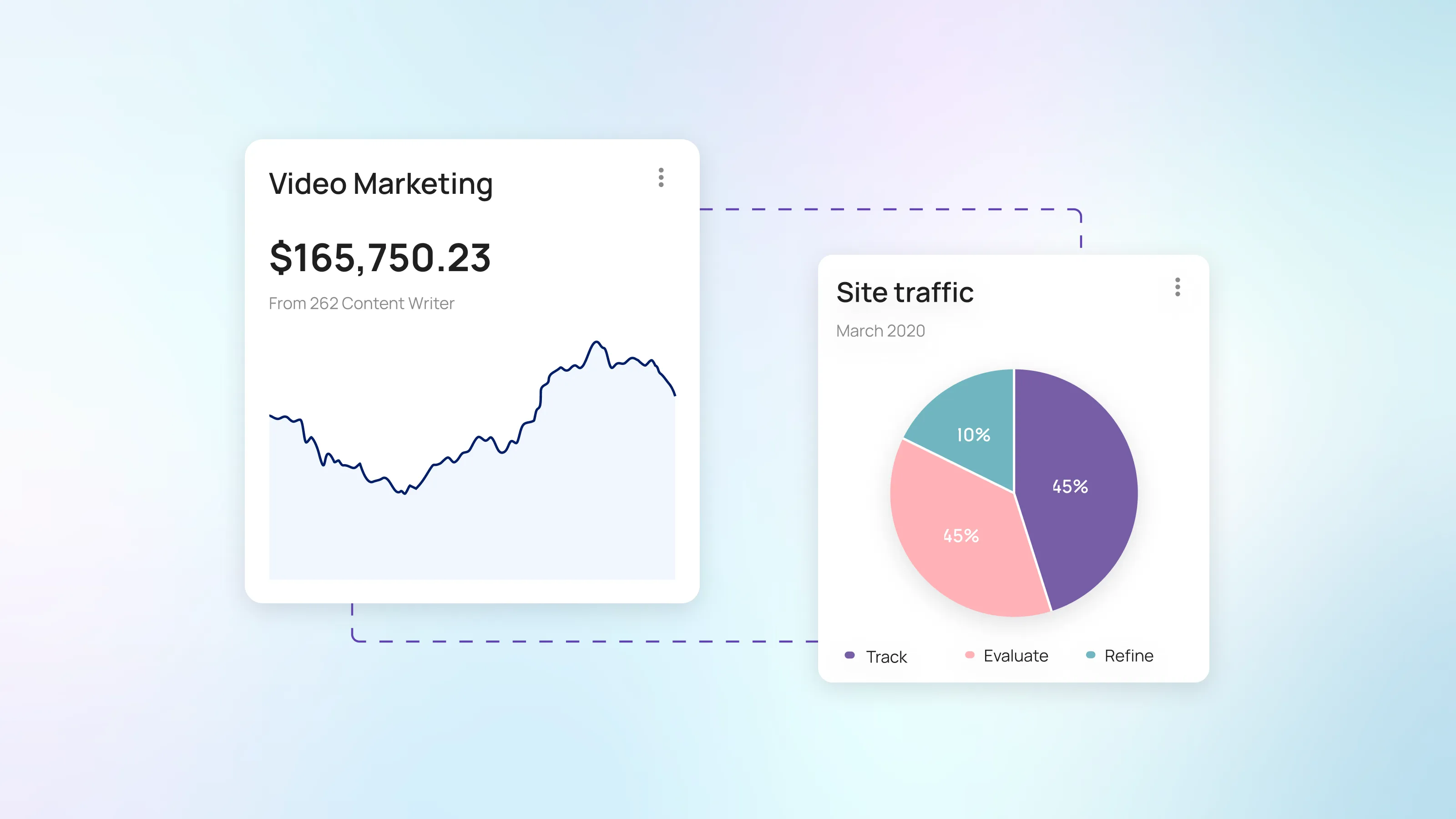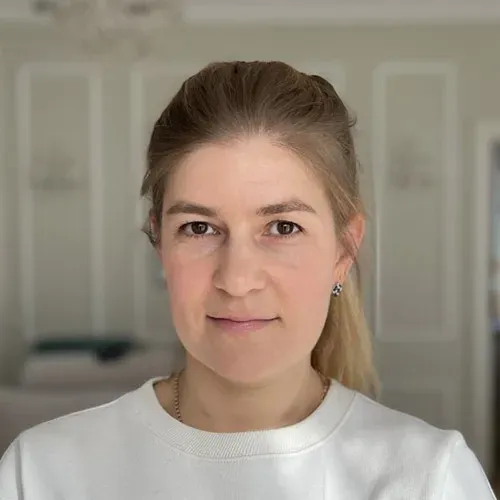Overview
This guide walks you through seven practical steps to grow your online store using ecommerce marketing tools. From defining your target audience to optimizing SEO, automating social posts, and personalizing customer experiences, you’ll learn how to build a streamlined strategy that drives traffic and sales. Packed with actionable tips, data insights, and tool recommendations, it’s designed to help ecommerce teams simplify their marketing efforts and boost long-term growth.
1. Define Your Target Audience
Understanding who you’re serving is the starting point for any business. It sets the tone for which ecommerce growth tools you need and helps you focus on what matters most.
- Gather basic demographics like age, location, and interests.
- Use customer feedback or surveys to get more specific.
- Segment your audience based on behavior (first-time visitors vs. repeat buyers).
Narrowing Down Your Niche
If you have a large product range, consider which items appeal most to specific groups. From there, your messaging can stay ultra-relevant. Personalized product recommendations can boost sales by 15% 2025 data shows.
2. Build an Email Marketing Strategy
Email remains the backbone of many ecommerce marketing tools.

It’s no wonder: The average ROI for email is $42 per $1 spent 2025 data shows. Even better, automated emails have click-through rates over 150% higher than manually sent ones various findings suggest.
- Start with a welcome series: greet first-time subscribers, thank them for signing up, and provide a special offer.
- Automate abandoned cart reminders: gently urge customers to finish checking out.
- Segment your list: interested customers see tailored content based on their habits.
Tools to Consider
Many digital marketing software kits come bundled with email marketing capabilities. Search for features like automation, segmentation, and easy-to-use templates. The more intuitive your system, the faster you can design campaigns that resonate. For a comprehensive look at how AI and automation can amplify your email performance and overall marketing outcomes, don’t miss AI for Ecommerce: 7 Steps to Harness Machine Learning for Online Growth.
3. Optimize Your SEO with Comprehensive Tools
When consumers search for products, you want to show up near the top. Research shows that retailers who optimize site search and use advanced SEO strategies can achieve up to 43% higher conversion rates compared to those relying on basic setups.
- Conduct keyword research: find terms people type when shopping for your products.
- Optimize product pages: include relevant keywords in your product descriptions and headings.
- Focus on speed: a fast-loading site tends to rank higher.
- Implement schema markup (Product, Review, FAQ) to enhance your search snippets and drive more clicks. Add your product catalog to Google Merchant Center for visibility in Google Shopping results.
Smart On-Site Improvements
Sometimes minor tweaks make a big difference. For instance, adding internal links between related products and categories helps visitors navigate - and keeps them on your site longer. Drive Traffic and Boost Sales with Smarter SEO with Snoika AI for E-commerce.
4. Leverage Social Media Automation
Social media is a busy place. Consistency is crucial, yet many businesses struggle to maintain a regular posting schedule. That’s where automation helps. In fact, 83% of marketing teams already automate social media publishing, making it easier to stay consistent and reach audiences at the right time
- Map out a content calendar for each platform.
- Schedule posts at high-traffic hours (aim for times your audience is active).
- Use analytics to see which posts perform best - and adjust accordingly.
For guidance in implementing smart automation across your marketing channels, AI-enabled platforms like The Best Marketing Tool Success for your Business can streamline social posts, email journeys, and campaign optimization - saving you time and driving engagement.
Daily vs. Weekly Posting
Some social channels thrive on daily uploads, while others only need attention a few times a week. Pick a rhythm that’s manageable, so you can remain consistent without burning out.
5. Personalize Your Website Experience
Shoppers often expect relevant product suggestions and targeted ads. Personalization can bring them back to your store, drive extra sales, and improve loyalty.
- Display last-viewed products for returning visitors.
- Offer “recommended items” based on browsing history.
- Include custom discounts after a visitor adds items to their cart.
Boost Conversion with Focused Content
Site-level personalization delivers tangible results: tailoring offers and product recommendations can boost revenue by 5–15%, while advanced personalization strategies can lift average revenue per user by 166%. Modern ecommerce tools now make automated personalization easier and more effective.
6. Incorporate Video Marketing

Video attracts attention faster than static text - and it helps customers understand your product in action. Adding product videos can increase conversion rates by up to 86%. Short-form platforms like TikTok, Instagram Reels, and YouTube Shorts are also powerful for showcasing products in a more engaging, viral format, helping ecommerce brands reach new audiences organically.
- Demonstrate real-life use: show people using your product or service.
- Keep videos short: one or two minutes is enough.
- Encourage community involvement: ask customers to submit user-generated clips.
Tripling Customer Engagement
Video has the power to tell a story quickly. It lets buyers see a product’s value and imagine themselves using it, which builds confidence in their purchasing decision.
7. Track, Evaluate, and Refine
Gathering data is one thing - knowing what to do with it is another. Numbers tell you which steps lead to success and which need improvement.
- Monitor site traffic, bounce rates, and conversions.
- Test different marketing messages to see what drives the most clicks.
- Make frequent but small changes, so you can see cause-and-effect clearly.
What Are ecommerce marketing tools?
Ecommerce marketing tools are digital platforms and services that help online sellers promote products, boost website visibility, automate tasks, and convert visitors into buyers. They often include email automation, SEO features, personalization capabilities, and social media scheduling. By combining these tools strategically, online businesses can streamline their marketing approach and increase revenue without unnecessary hassle.
Conclusion
By taking these seven steps - defining your audience, developing an email game plan, improving SEO, automating social posts, personalizing offers, embracing video, and constantly tracking your results - you can turn your online business into a more efficient venture. With the right ecommerce marketing tools, you’ll stay on track and spot opportunities that might have otherwise gone unnoticed. The best time to start? Now.








